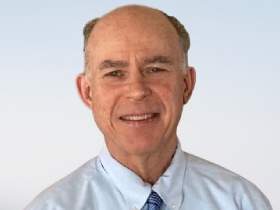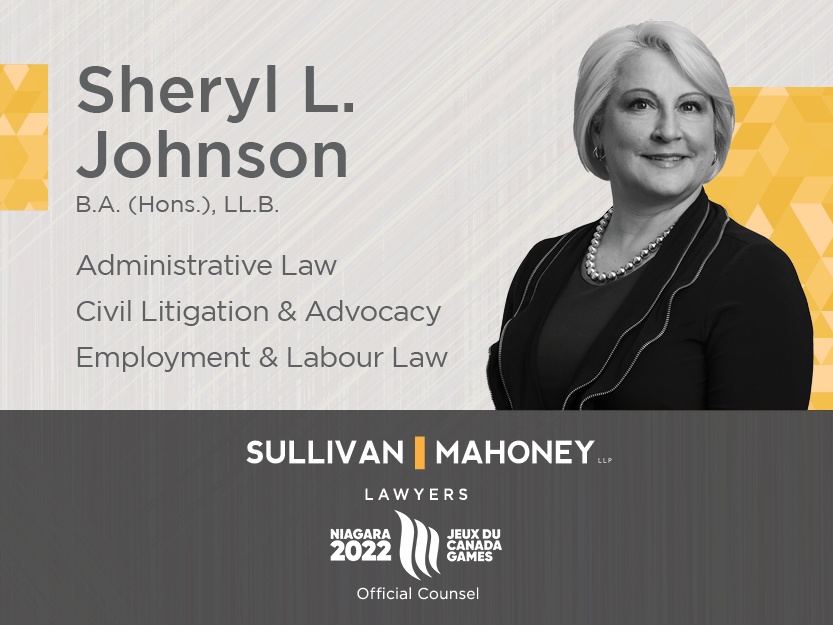The major party candidates are honing closing messages as the campaign heads into the last week before voters return a verdict. Liberal Leader Mark Carney will try to stay on track and emphasize his fitness and temperament for the job of prime minister. Most of the polls leading up to the decisive day indicate that Carney’s popularity exceeds his party’s. Around 45 per cent of people asked prefer that Carney stay on as prime minister, while Pierre Poilievre of the Conservatives receives about 33 per cent support, trailing behind his party’s favour. That does not jive with polls that say Conservatives plan to vote 92 per cent behind Poilievre and Liberals only 82 per cent with Mark Carney.
If those numbers reflect internal support, then the Conservatives will enjoy broader support than under Erin O’Toole in 2021. Jagmeet Singh, Yves-Francois Blanchet, and Elizabeth May split the remaining approval. The exact explanation for the difference in numbers between Carney and Poilievre versus the parties they lead eludes detection unless the advantageous media coverage Carney has received since announcing his intent to become party leader has fed unrealistic and exaggerated ideas about what the most recent prime minister has accomplished. He is perceived as bright and even-tempered, capable of dealing with U.S. President Donald Trump. The Conservative leader suffers, unfairly, from being associated with MAGA, Trump’s political army, which helped him win last year’s election. Much has been made of Trump’s musings scaring Canadians and forcing them back to the Liberal Party. Trump has not helped Poilievre, but Carney, a wealthy businessman with American interests, does not seem like the foil to an American businessman like Trump.
Putting this aside, as polls released show Carney in a position to win upwards of 200 seats, Conservatives are left to ponder if these polls are not shaped for the 2019 and 2021 races. Vassy Kapelos, chief political correspondent for CTV News, sounded like a canary in the coal mine as the campaign hit the midway mark. Speaking to her panel of political experts, including Scott Reid (Liberal), Kory Teneycke (Conservatives), and Kathleen Monk (NDP), Kapelos spoke what many in the legacy media have been reluctant to observe on Question Period’s April 13 edition, asking Teneycke, “…there are a lot of conservatives who feel like the modeling that polls are based on, for example 2019 and 2021, that the Poilievre base is not the O’Toole (Erin O’Toole, former Conservative leader) base. It’s not being fully captured…there are thousands of people coming out (to rallies)…”
Are the polls accurate? Do more complicated messages exist? Can we trust them to give us an accurate snapshot of where the campaigns are today? Having enlisted podcaster Wyatt Claypool of The National Telegraph, a decent case can be made that the polls could be correct but are overpolling the wrong people. Or the polls may be incorrect, and the race is much closer than indicated.
Claypool has been working hard to break down the numbers since day one. He finds some pollsters are interviewing women at rates surpassing their usual turnout numbers, especially in ridings that could pivot based on close results. He also noticed that in heavy Jewish voting areas, the Liberals maintained high levels of support even after Carney agreed to continue former prime minister Justin Trudeau’s policy of embargoing arms against Israel to end the “genocide” in Gaza. Add this to the polling reflecting a Conservative base of supporters from a previous era, and the possibility of error exists. What the rallies and the polls reflect may not align because, like Occam’s razor (a problem-solving principle that suggests choosing the simplest explanation from among competing hypotheses, especially when they all adequately explain the same phenomenon), the obvious should be easy to understand. The rallies draw many people who have not voted in previous elections or tend not to participate in elections. The case can be made that Poilievre’s base has not received adequate attention in the polls, and a surprise awaits the nation on April 28, or at least those who have been watching the main networks or consulting the dominant news sources.
Playing with the widget on 338Canada, Claypool discovered Conservative numbers of about 37.4 per cent (and 121 seats) and Liberals at 43.7 per cent (196 seats) could markedly change if a few minor factors were accounted for. Using the following scenario, Claypool showed viewers how dramatically the numbers could shift if: The CPC vote share climbed to 40 per cent with a better turnout among the young, tradespeople, and PPC voters; the NDP increased their support to 9.5 per cent from a dismal 5-6 per cent; Bloc support hung around the 6.1 per cent area; and Liberal support levelled off at 41.5 per cent.
This moved seat totals to 153-153. One more small adjustment moved Conservative support up to 40.5 per cent and the Liberals down to 41 per cent. At that point, contrary to media reports that Conservatives must win by 2-3 percentage points to gain the most seats, Conservatives would be able to win about 160 ridings to the Liberals’ 145.
Mainstreet Polling reflected this dichotomy when it released a poll on April 14 showing the Conservative Party at 43 per cent and the Liberals at 40 per cent. It contradicts most big polling firms, but it may be accounting for the voters the other pollsters refuse to include or simply believe will not show up to vote.
Turnout remains key to a Conservative victory. Since 1988, Canadian election turnout has not exceeded 70 per cent since the 1988 showdown over Free Trade. If the number cracks 70 per cent in this election, new voters will come out for the first time, favouring the Conservatives. Baby Boomers, the voters Liberals are counting on, already participate actively. Capturing new voters could turn this election in the Conservatives’ favour. Questioning the possibility of polls being wrong or holding exciting and enthusiastic rallies should not be something Conservatives or Poilievre need to apologize for. Increasing voters used to be something the Left thought worked to their advantage. Now they want to use it to call Conservatives, “Trumpy” or MAGA-like. People in high positions of responsibility in our media culture should call off the attacks on people wondering if polls are accurate or showing up to rallies. This does not equate to Trumpism, and it does not mean anyone is questioning election results. The insulting nature of it only feeds the idea that the Liberal Party leaders and our media overlords want to tell us who to vote for and what is best for Canadians. A slight chance exists that Canadians may rebel against the Laurentian tide and decide for themselves who they wish to govern them. If that happens, the media, the entitled Liberal power structure, and those bunkered in trying to create Trumpphobia will have to adjust.

Dave Redekop is a retired elementary resource teacher who now works part-time at the St. Catharines Courthouse as a Registrar. He has worked on political campaigns since high school and attended university in South Carolina for five years, where he earned a Master’s in American History with a specialization in Civil Rights. Dave loves reading biographies.






